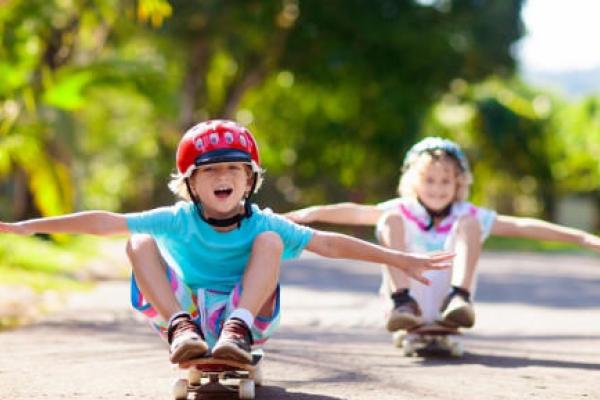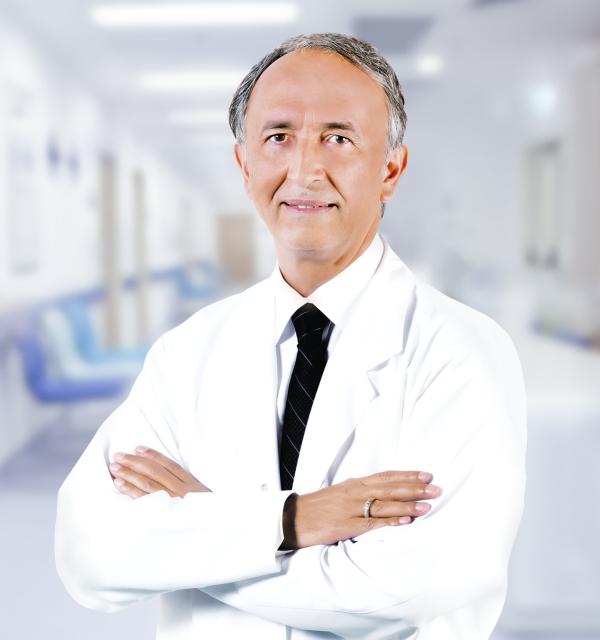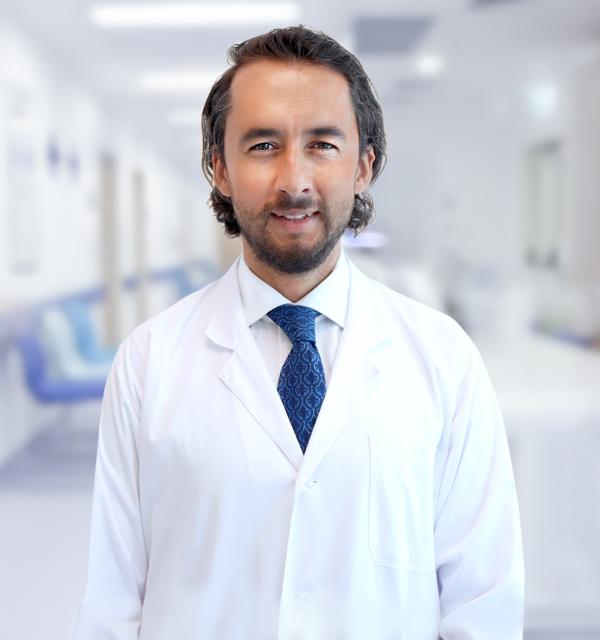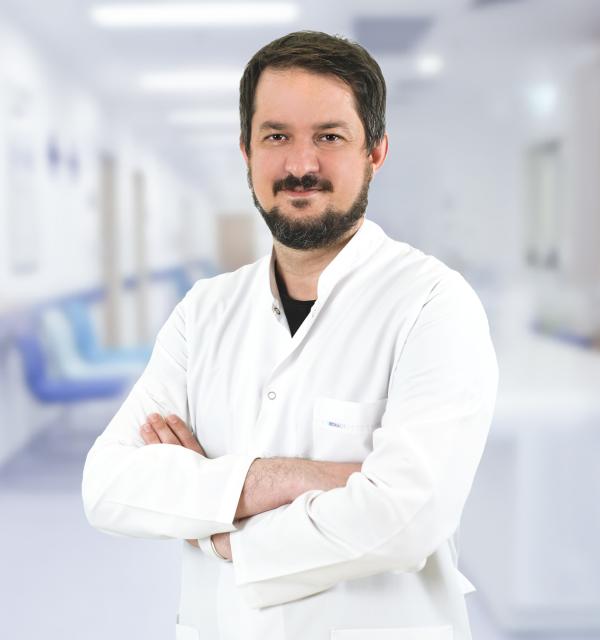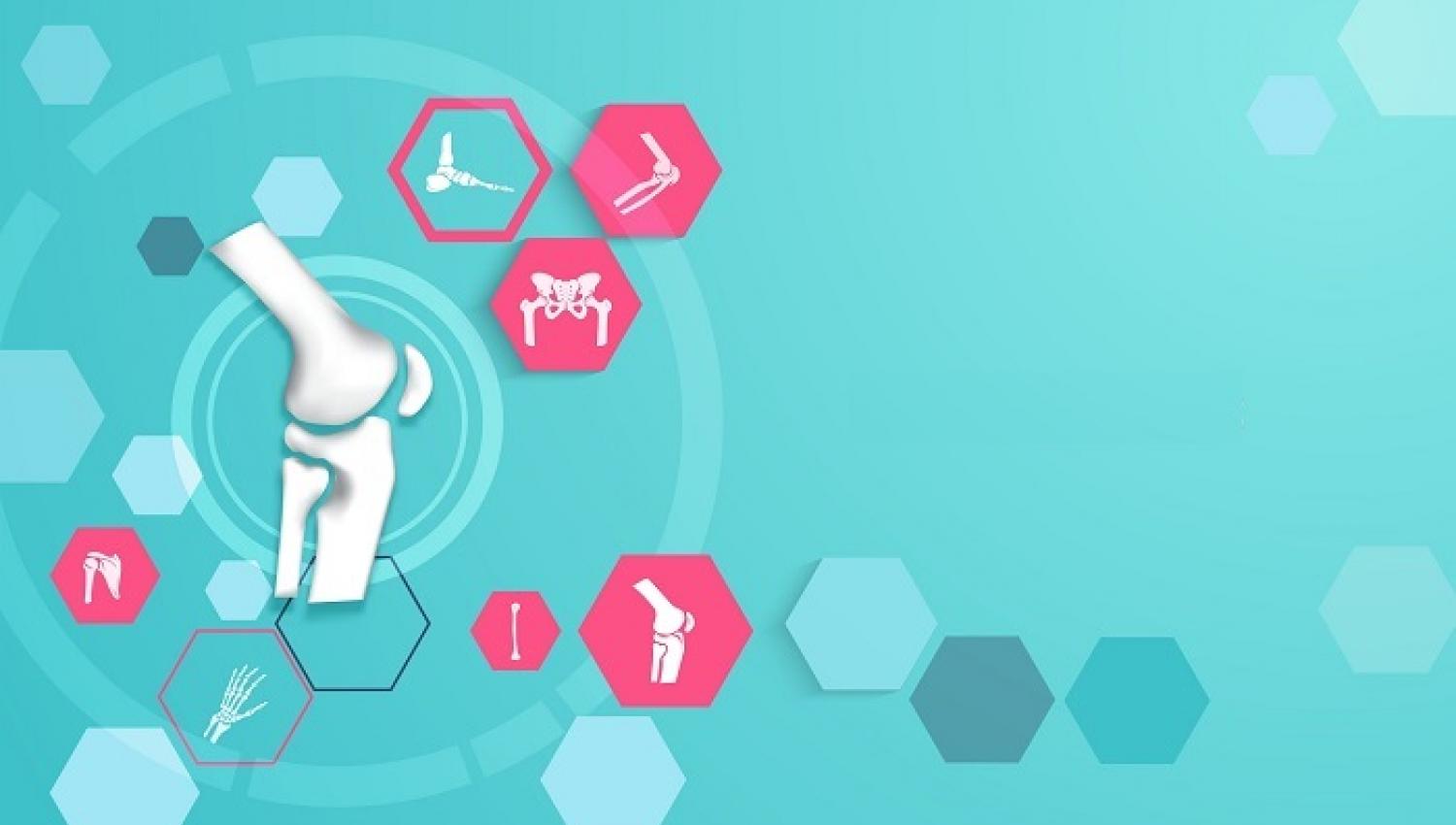Orthopedics and Traumatology specialist Prof. Dr. Hasan Bombacı pointed out that childhood sports injuries can have negative effects on the growth and development of the child.
Yeditepe University Koşuyolu Hospital Orthopedics and Traumatology specialist Prof. Dr. Hasan Bombacı said, “Unlike adults, children have growth plates in their long bones. Damage in these areas may cause deformations in the bones in the following years. For this reason, it is very important to prevent and reduce risk factors in sports injuries in children, as well as appropriate diagnosis and treatment.
Sports are an indispensable element for the healthy development of children. On the other hand, correct and timely intervention in sports injuries is very important on the growth and development of the child. Yeditepe University Koşuyolu Hospital’s Orthopedics and Traumatology specialist Prof. Dr. Hasan Bombacısaid, “Unlike adults, fractures affecting growth plates in long bones can cause deformations in the coming years.”
Trauma Duration and Severity Matter
Stating that the damage that may develop on the growth plate can occur in different ways, Prof. Dr. Bombacı continued his words as follows: “One of the reasons for injury is excessive exercise of the athlete, especially in competitive sports combined with high motivation, well above the current physiological limits. Such overexertion can adversely affect growth. Whether it is a sudden injury (fractures through the growth plate) or an overuse injury (for example, damage to the wrist growth plate or spine in gymnasts), the most important factor determining the outcome is the severity and duration of the trauma to the growth cartilage. However, there is no consensus on how much exercise will have a positive effect on growth. he said.
The Same Trauma Causes Different Problems Before and During Puberty
Underlining that childhood injuries can have different effects in different age groups, Prof. Dr. Bomber continued:
“Sports activities can increase growth as well as cause growth disorders. For example, intense sports (repetitive trauma) can delay the closure of the growth plates. This may cause injuries involving the growth plate in children to occur at a later age than expected for the resistance of growth plates changes according to adolescence period. While the same trauma causes ligamentous lesions in the “pre-puberty” and “post-adolescent” periods, it may cause growth cartilage damage “in the middle of adolescence”. Growth plate damage due to compression (pressure) may cause growth arrest or deformities in the bones in medium or long-term duration. However, it has been reported that the tensile (hanging) forces on the growth plate within physiological limits have a positive effect on bone elongation. On the other hand, tendinitis (inflammation of muscle tendons), which is common in adult sports injuries, is relatively rare in childhood. However, apophysitis (small damage to the apophysis with repetitive trauma) is an injury seen in childhood.
The Early and Long-Term Effects Of Injuries Vary
According to the information given by Prof. Dr. Hasan Bombaci, a childhood cartilage injury is “osteochondritis dissecans” (OCD): A condition in which a piece of cartilage on the articular surface tends to separate from the joint, sometimes falling into the joint after it has been separated and moving freely in the joint. Prof. Dr. Bombacı also pointed out that ligament injuries, cartilage damages, meniscus injuries and serious injuries involving the spine can cause problems in the early and long term. Depending on the sport and the injured area; Prof. Dr. Bombaci has explained that height inequalities in the legs, permanent shoulder or knee instability, cartilage damage in the joints, loss of function in the arms and legs can be seen.
Signs That the Injury Is Serious
Reminding that the symptoms of serious injuries can vary from region to region, Prof. Dr. Hasan Bombacı gave the following information: “For example, limitation of movement in an injury in the neck region is an indication of a serious injury. In the frequently injured knee area, rapid swelling of the knee joint, feeling of uncontrollability under the knee immediately after the trauma, or the inability of the player to get up and continue the game as a result of trauma occurring anywhere in the legs indicates a serious injury. Apart from this, if there is ongoing pain in the injured area, subsequent swelling, conditions affecting movement in the joints, and loss of function that causes disruption in walking, it is necessary to apply to a health institution. Because the important thing is to notice serious injuries early and to apply to the health institution on time.”
The Psychology of The Child Is Also Important in The Choice of Treatment Method
“Not only in sports injuries, but also in all other interventions, the psychological structure of the child must be taken into account. The psychology of the child involved in sports is also important.” Oyen Prof. Dr. Bomber gave the following information about the treatment:
“Children are individuals who grow at very different speeds in different age ranges, but their growth is constant. For this reason, it is very important to quickly diagnose correctly and arrange an age-appropriate treatment. In these treatment approaches, the growth potential of the child should always be considered. This is done by choosing methods that will not damage the growth plates, whether it is non-surgical or surgical treatment. In cases where surgical procedures will be performed, the selection of appropriate techniques is even more important.”
Returning to Sports Before Fully Prepared Increases the Risk of Injury
Yeditepe University Kosuyolu Hospital Orthopedics and Traumatology specialist Prof. Dr. Hasan Bombacı said, “This process differs according to the type of injury. However, regardless of the injury, returning to sports before the athlete is fully prepared increases the risk of re-injury. With some tests applied for this, it can be determined whether the child is ready or not.
Underlining that risk factors should be eliminated in order to prevent injuries, Prof. Dr. Hasan Bombacı concluded his words as follows; “In addition to the obvious injury, sports injuries in children also involve future risks in cases where the growth plate is affected. For this reason, it is much more important to prevent sports injuries in children by reducing risk factors as well as appropriate diagnosis and treatment. Among these measures, the quality of the sports equipment (especially the protective materials), the conformity of the sports facility to the standards, and the equality of the players in terms of size, weight and maturity can be counted. Apart from this, it may be necessary to develop special training methods for injury mechanisms in some branches or groups of athletes (for example, regareding female athletes: a prevention for anterior cruciate ligament injury can be developed). In child athletes, it would be a correct approach to closely monitor those areas until the development is completed in injuries that have the potential to affect the growth plate.”
”
